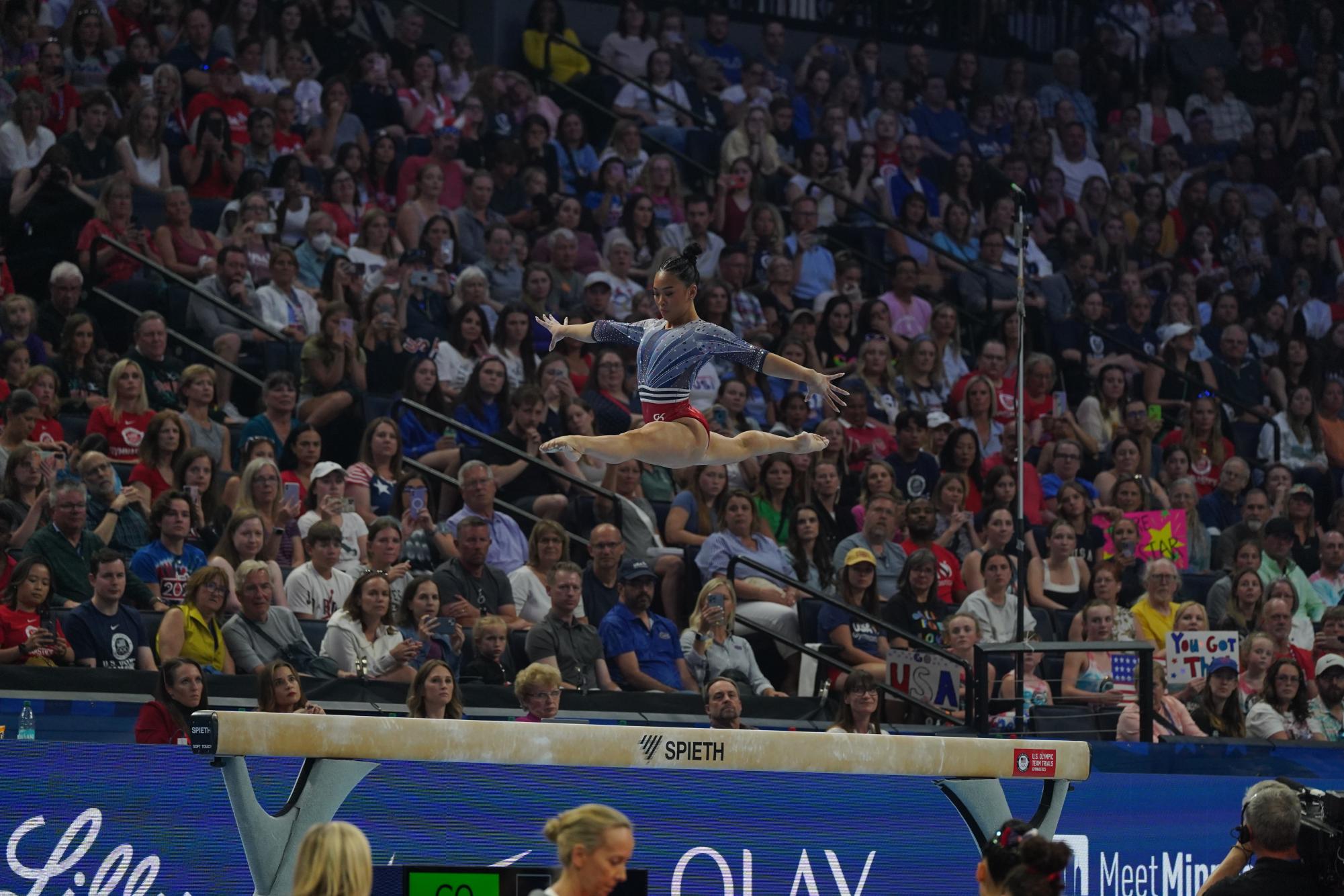The University District Alliance is in the process of planning a new vision for the entire district. The allianceâÄôs vision committee contracted the Cuningham Group âÄî an architectural and design firm located in southeast Minneapolis âÄî to help the University of Minnesota and the four neighborhoods surrounding the University identify their hopes for the districtâÄôs future. These ideas are meant to address issues such as the arrival of Light Rail Transit, the predicted growth of the district and the improvement of living conditions for students. The Cuningham Group has met several times with the Southeast Como, Marcy-Holmes, Cedar Riverside and Prospect Park neighborhoods, and representatives from the University have been present throughout the process. The alliance is made up of people from these neighborhoods, area business associations, University student government, the City of Minneapolis and the University itself. This is a glimpse of some of the ideas currently being discussed for the DistrictâÄôs future. None of the proposed changes are set in stone, but the Alliance aims to have a final product ready for the 2009 legislative session.
Southeast Como
– Reinforce the established neighborhood patterns in the interior of the neighborhood. – Add housing density to 15th Avenue across from Van Cleve Park. Southeast Como Improvement Association board President Wendy Menken said there are no options for senior citizens that want to stay in the neighborhood, and this might be a place to address that issue. – SECIA neighborhood coordinator James De Sota said he would like to see redevelopment at the neighborhoodâÄôs entrance from the North on Hennepin Avenue, whether it be high-density commercial or residential development.
Marcy-Holmes
– Reinforce the established neighborhood patterns on the west side of the neighborhood. – Replace the poor housing stock along 15th Avenue across from the athletic facilities with density in the form of medium and high rise student housing. âÄúWe know and weâÄôve been told by the city that this neighborhood has great potential and itâÄôs a place where they want to add density,âÄù Marcy Holmes Neighborhood Association Director Melissa Bean said. – Add density along University Avenue and 4th Street because they are good transit routes. – Preserve old historic homes and make them great places to live.
Cedar Riverside
– Reinforce the established neighborhood patterns on the east and west side of the neighborhood. – Make Cedar Avenue a great commercial street and link it with the Hiawatha LRT station and with the new Central Corridor station. – Explore ways to leverage the commercial activity on Cedar Avenue.
Prospect Park
– Reinforce the established neighborhood patterns in south central Prospect Park. – Turn the 29th Avenue Central Corridor LRT station into a new urban village for the neighborhood with higher density residences and retail opportunities that are transit oriented. Jan Morlock, director of University relations, said the city expects to add one million people to the metro area by 2030 and that the University area will see a lot of that growth. âÄúWe think that this part of the metro area will have a disproportionately larger growth because people are going to be looking for alternatives where they donâÄôt have to sit in congestion in order to get to their jobs,âÄù Morlock said. Bean said that, by planning all of the changes before hiring developers, the end product will look better. âÄúWe get a lot of developers coming to us saying we want to do this here, but itâÄôs much better if thereâÄôs more planning and more of a cohesive look to an area instead of sort of a hodge podge of little developments,âÄù Bean said. Menken said the best way for the quality of student housing to improve is for students to raise their level of expectations and hold landlords accountable. Morlock said the AllianceâÄôs vision will benefit the University in several ways.







